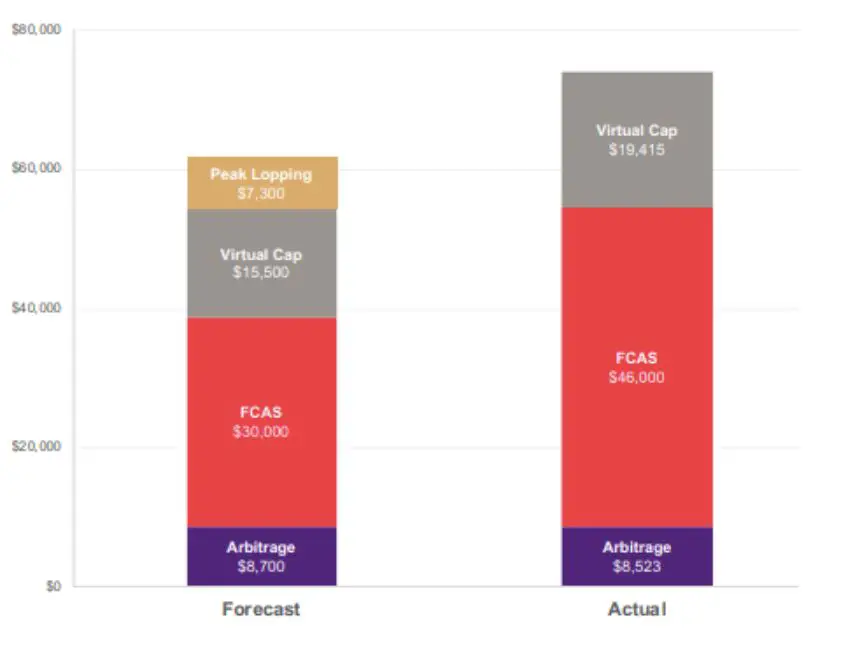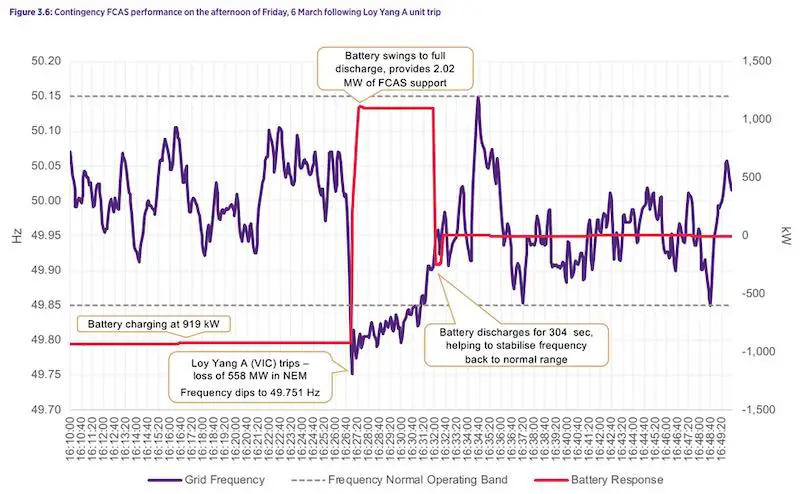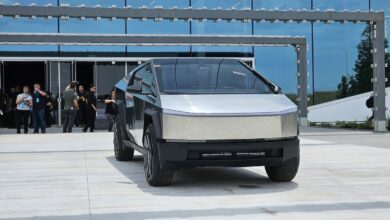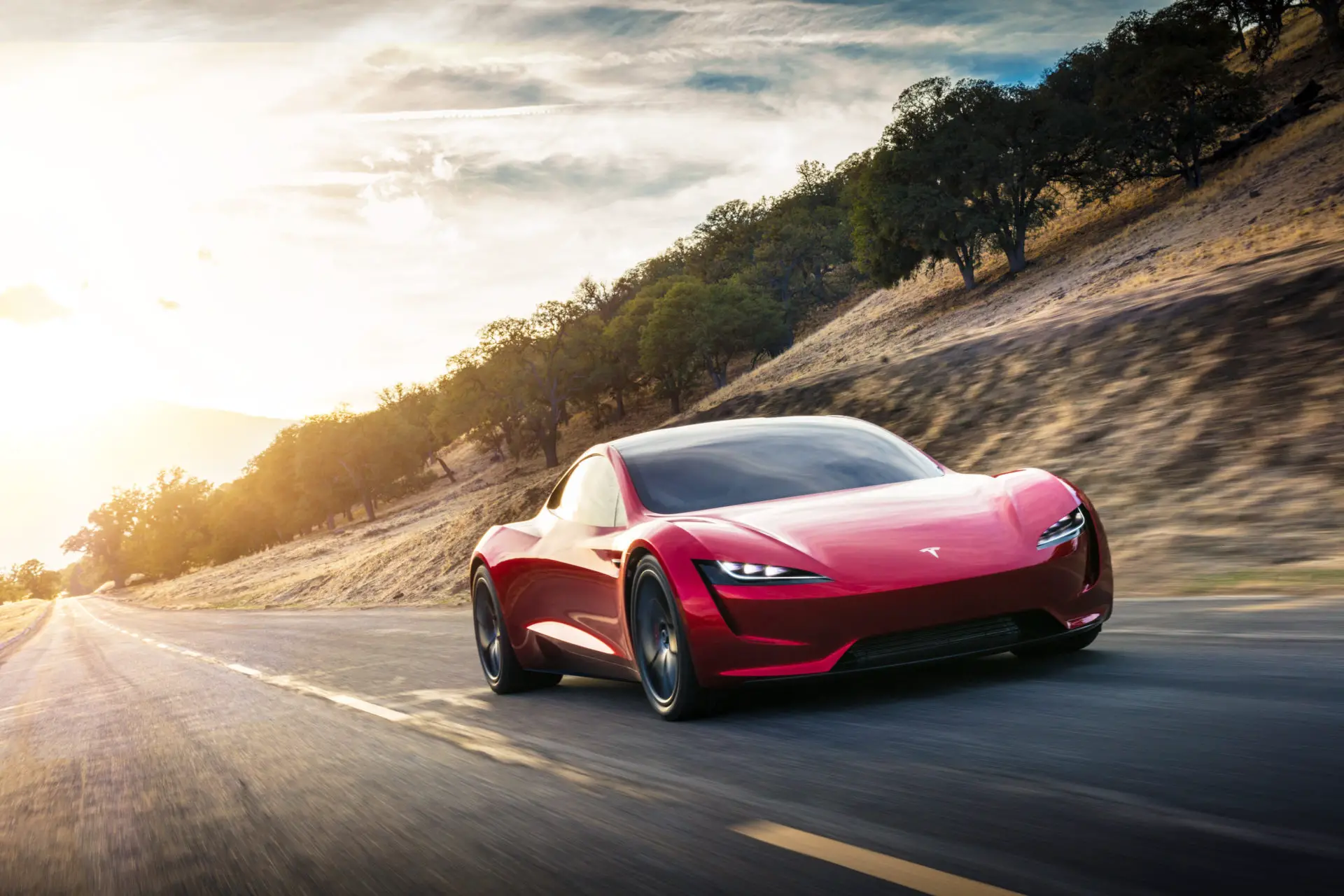Tesla News: University of Queensland Battery Installation Shows Huge Savings
So by now, we all know the advantages of installing a Tesla Powerpack on our homes, and how the Southern Australia Megapack installation has helped their grid cope with increasingly difficult power situations. Famously, they relied on it heavily after a bunch of tornadoes devastated power lines for over two weeks. However, Australia has another important Tesla battery pack, the installation owned by the University of Queensland.
The University’ 1.1 MW Powerpack installation was paid for from savings they made off of pre-existing solar panels, but has taken their savings to a whole nother level. Notably, as a frequency control ancillary services, or FCAS participator. Meaning that if the grid dips below a certain operational frequency, the school’s battery fills in the gap with an emergency response.
In a massive document the school released on their battery and its financials, we can see that the pack saved/ earned them $73,938 in value during Q1 2020. Of that, nearly $74k, 62%, was from this FCAS program.
In total, the battery delivered . This was dominated by FCAS, which delivered 62% of total revenue, followed by the virtual cap contract at 26%, and finally arbitrage at 12%. Each of these revenue streams is discussed in depth in the following sections. Total revenue in Q1 exceeded business case forecasts by just over 20%.
As an example, the study shows one day, where a nearby coal power plant unexpectedly fell short of demand, and for just a few minutes, the UQ Powerpack responded with over 2 MW of support energy. These emergency responses, however infrequent, are proving to be extremely lucrative for these installations. Much more than the regular arbitrage would expect to make money from. In Q1, it was about 5 times higher revenue.
Those artribage numbers are thrown off a bit, due to a fault in one of the ten packs, which took time to deal with. Also, there is a system where the prices of electricity are set every five minutes, but they are actually paid on an average of every half-hour’s cost, which can affect the system’s revenue. Even still, the college estimates the system will pay for itself somewhere in the timeframe of eight years.
(It) sensed this frequency deviation immediately and was able to switch from charging at a rate of 919 kW to discharging at a sustained rate of 1,099 kW – providing a total of 2.02 MW of ‘generation’ into the network to help arrest the fall in frequency
This is the first system of its kind being used by an academic institution. The university is working to help spread information to others who can install and improve upon their own systems for the greater good of their localities. It seems like Australia is really paving the way for renewables if they stay on this path!





